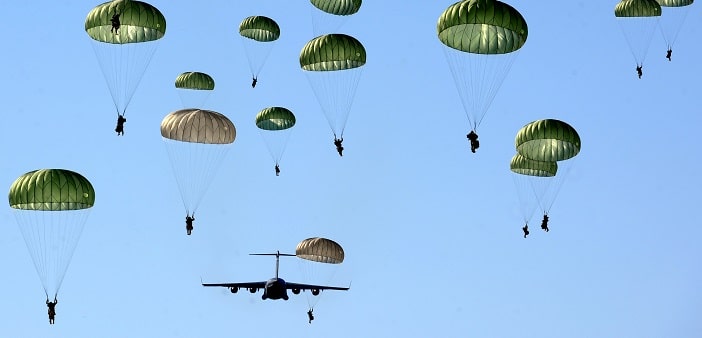At a glance, the idea of every passenger on a plane having their own parachute is great – if something happens during a flight, the parachute dissolves and the passenger survives. Even a 1% chance of survival is better than 0%, right? However, alas: even this percentage seems too optimistic. To understand why, we need to ask ourselves some questions.
Question 1. Will the accident happen exactly when the parachute will be really useful? Boeing found that in 49 years, 12% of fatal crashes occurred on the runway, 20% during takeoff or ascent, and 36% during descent or landing. In all these 68%, parachutes would be absolutely useless due to their small height. That is: in only 32% of cases, parachutes would be useful.
Question 2. Will the average passenger be able to use the parachute properly? If you have jumped with a parachute, you know that it is not easy to attach the parachute equipment on its own with its numerous straps, belts, buckles and buckles. And many passengers have problems even with the small seat belt! And what about babies, children, the elderly, the disabled – or just excited people? Adding the inevitable chaos when everyone is trying to deal with all this in the cramped cabin …
Question 3. Let’s say that by some miracle everyone manages the equipment. But how will they jump off the plane? Passenger aircraft doors cannot be opened at altitude during flight due to the difference between internal and external pressure. If they do open, however, due to the aforementioned difference, passengers may be thrown out, where they will be sucked into the turbines of the engines or burned in the jets behind them.
Question 4. How much will the microscopic chance of success cost? An ordinary Boeing 737-800 takes 150 passengers and 6 crew members. The T-11 military parachute can be bought for about $ 600, but we have untrained users – that’s why we need spare parachutes, as well as those with automatic unfolding, and their price starts at $ 2,000. Parachute cabinets, constant maintenance, periodic replacement are needed. The cost of such additional aircraft equipment will exceed half a million dollars.
5. Where to put the parachutes? Each parachute takes up at least as much space as a suitcase on wheels. Where will we keep it? If it is under the seat, then there is no space for the legs or the seats will not unfold. If it is on top, there is no space left for hand luggage. 6. What to do with weight? The T-11 parachute weighs about 16 kilograms – so the plane will add about 2630 kilograms (excluding spare parachutes). To compensate for such a large weight, the seats for 26 passengers will have to be removed. Ticket prices will increase by at least 20 percent due to lost revenue. In short: huge costs with little or no payout.
And let’s not forget what the statistics say: the risk of dying in a plane crash is 1 in 20 million, and in a car – 1 in 9,200.









